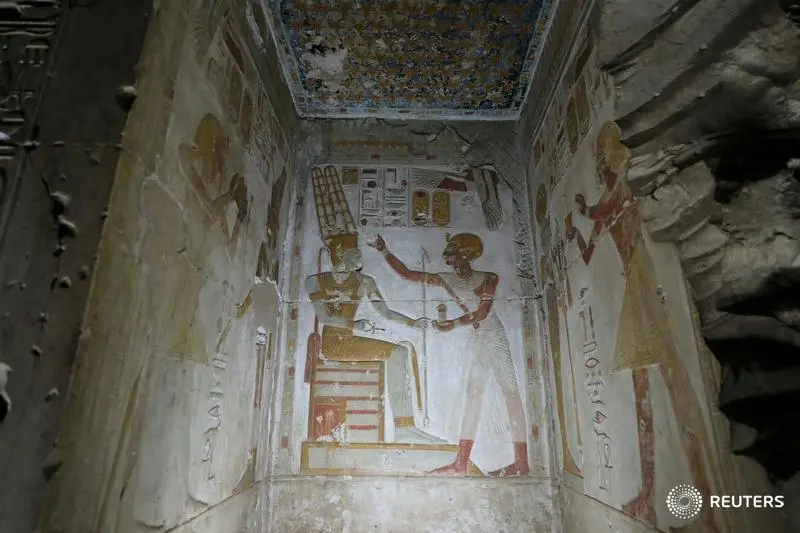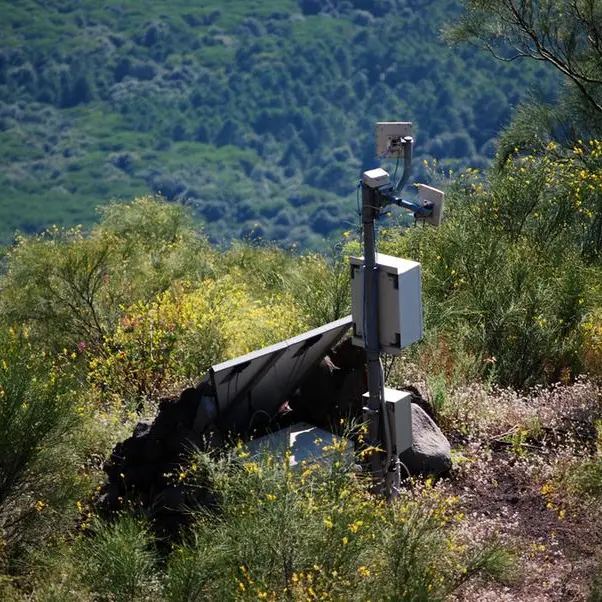PHOTO
Egyptian relief sculptures are seen on the walls of Temple of Seti I, Abydos archeological site, Sohag, Egypt April 5, 2019. REUTERS/Mohamed Abd El Ghany - RC170FF90F00
Egypt - An archaeological team, comprised of members from Egypt, Germany, and Austria, has been conducting excavations in the tomb of Meret-Neith. Meret-Neith is believed to be an important woman from the 1st dynasty of ancient Egypt.
The tomb is located in the Um Al-Qaab archaeological site in Abydos, Sohag Governorate. The recent discoveries made by the team provide additional insights into the life of this mysterious div from ancient Egyptian history. One notable find is the discovery of 5000-year-old wine jars.
Mostafa Waziri, Secretary General of the Supreme Council of Antiquities, stated that the team found various grave goods, including hundreds of large wine jars. Some of these jars had intact stoppers and still contained well-preserved remains of 5000-year-old wine.
Waziri also mentioned that inscriptions provide evidence that Meret-Neith held positions of authority in central government offices, such as the treasury. This supports the theory that she played a significant role in history.
Dietrich Raue, the Director of the German Archaeological Institute, stated that Meret-Neith was the only woman in Egypt’s first royal cemetery at Abydos to have her own monumental tomb. He also suggested that she was likely the most influential woman of her time.
Raue mentioned that recent excavations have revealed new information about Meret-Neith and her era, leading to speculation that she may have been the first female Queen in Ancient Egypt, predating Queen Hatshepsut of the 18th dynasty.
However, her true identity remains a mystery, according to Raue.
E. Christiana Köhler, the mission’s head, stated that the grand tomb complex of Meret-Neith in the Abydos desert, which includes her own tomb as well as those of 41 courtiers and servants, was constructed using unfired mudbricks, mud, and timber.
Köhler added that by employing meticulous excavation techniques and utilizing new archaeological technologies, the team was able to demonstrate that the graves were built in multiple stages over an extended period of time.
She explained that this observation, along with other evidence, significantly challenges the often suggested but unproven notion of ritual human sacrifice in the 1st Dynasty.
© 2022 Daily News Egypt. Provided by SyndiGate Media Inc. (Syndigate.info).





















